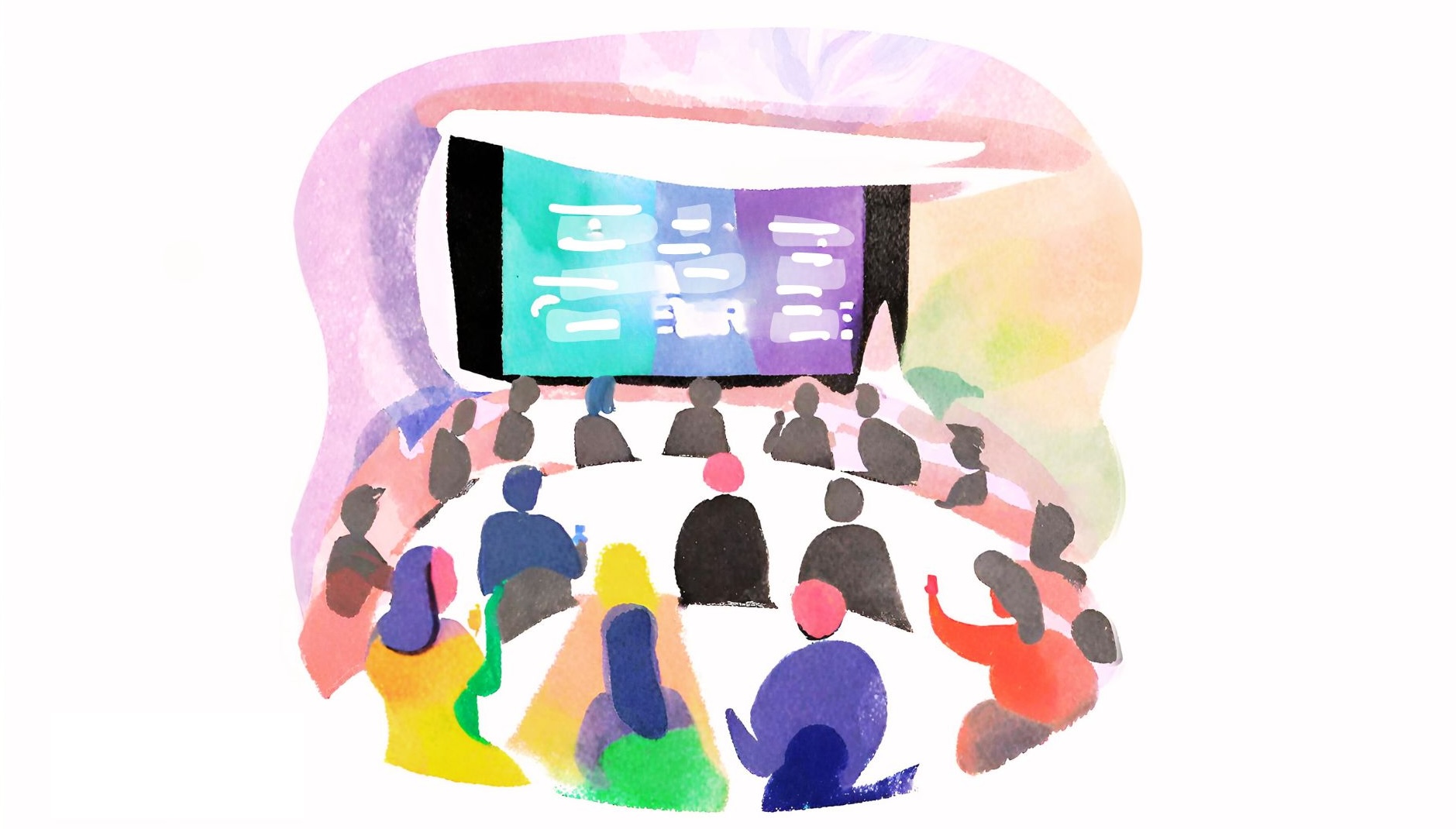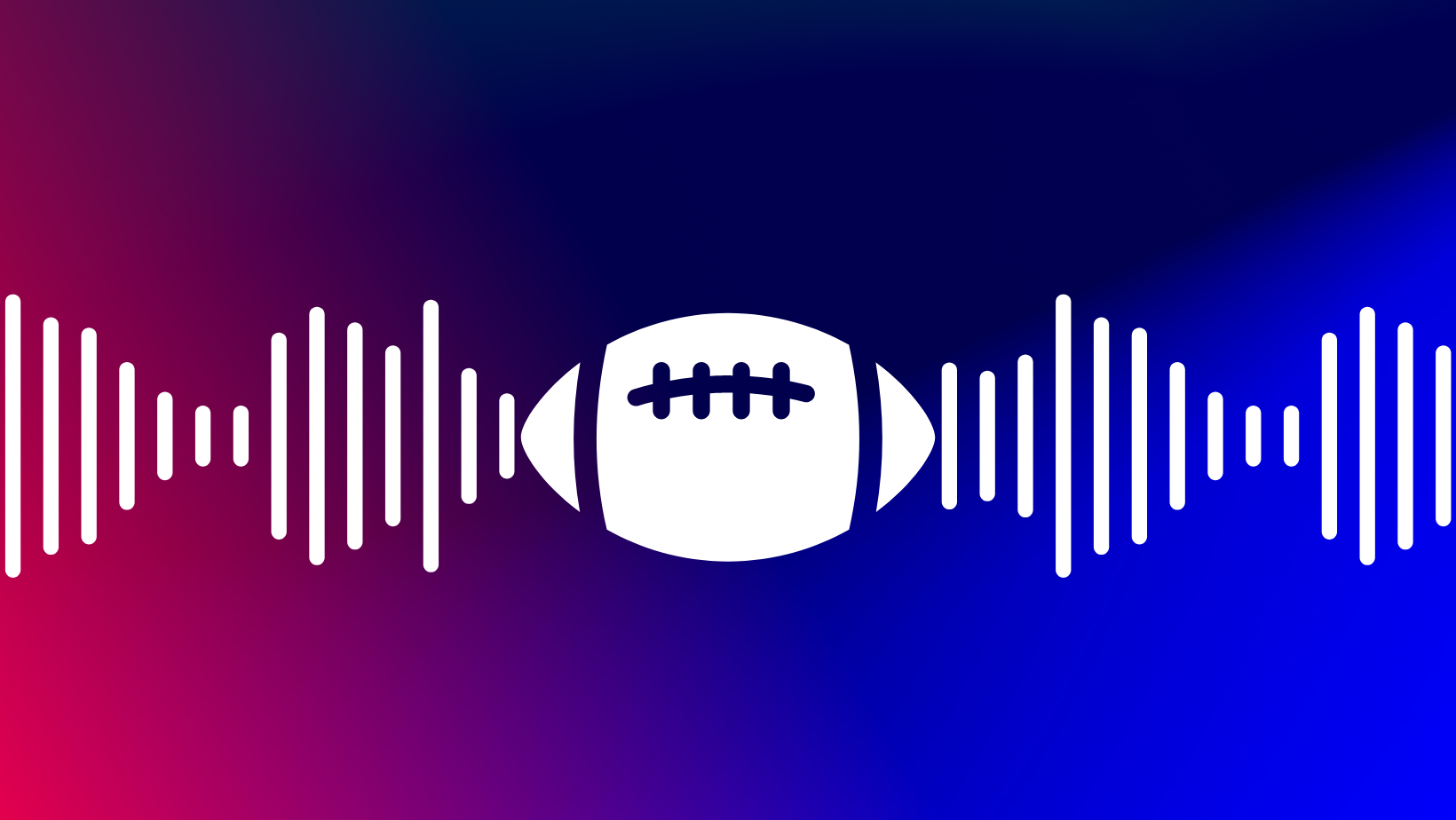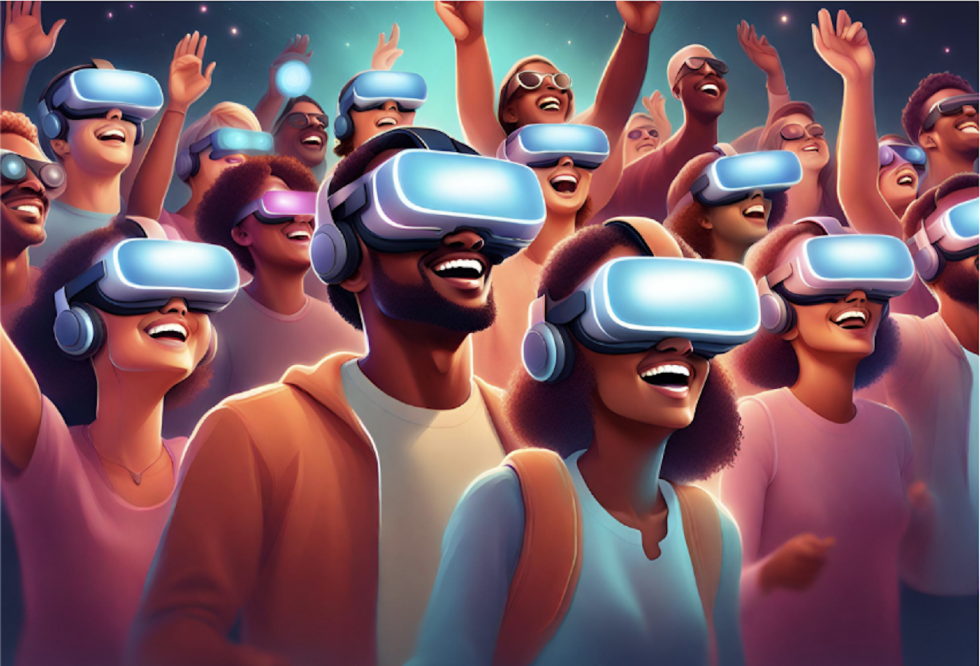Because COVID: Why Experiential Marketing Still Matters

By: Mike Lozito, SVP Account Management [Header image credit: Canva]
I could attempt an eloquent preamble to this post, citing countless examples of dramatic pandemic comparisons explaining what times look like right now and how much they’ve changed, but does anyone really need that explained? How then, do I start a post about experiential marketing in the current landscape if not to dedicate a chapter to explaining consumers’ cultural context today?
My mind keeps returning to the advice of an old boss who once said, “nothing was ever made better by making it more complicated,” so the one simple phrase that seems to sum everything up perfectly nowadays is “because COVID.”
I mean, isn’t that enough said? That one simple phrase suggests so much. While it hints at an unprecedented departure from the lives we’ve always known, it’s important to realize that the world around us changed, but not us. As marketers, we would be wise to heed the difference between the two of those things.
The restrictions placed on our ability to live our lives with the freedom once enjoyed have, without a doubt, transformed everything from our ability to gather in social settings to how we shop. It has accelerated our digital diet to the point of overload—more apps, more CTV and OLV ads, more starring at screens, and ultimately more clutter.
Our increasingly data-saturated world has been forcing our brain to deselect media to truly consume it, and “because COVID,” its only gotten worse. People are turning off screens and going back to basics, desperate for something real. Desperate for a return to normal life. Desperate to create new experiences.
This is not to say I’m anti-digital. I’m far from it. It’s been the way to remain connected, work, shop, and get entertainment. But in these past months, it has been too much for most, to the point people are risking their personal safety to break quarantine and get back to their lives and lifestyles.
It’s clear that as a society, we’re out of balance. As marketers, it would be wise to anticipate that pendulum changing course, as it always does. We must understand people and what they are craving. Ask yourself, are they craving another digital ad? Another episode of late night TV streamed from the host’s basement?
We didn’t suddenly decide that vacations were unnecessary or unwanted because of COVID-19, or that seeing our grandparents was something we never cared to do. We didn’t stop wanting to go to prom, graduations, attend concerts, movies, sporting events, etc.
Experiential marketing in current times is a field that understandably looks different, but again, it’s the environment that is different, not one’s desire to experience. As companies with shareholders that demand results, it’s human nature that we triage what we can to save our sales and retain customers. So, we brought creativity of imagination and ingenuity to the digital environment. It has been a critical lifeline helping companies survive, if not thrive, as you can see from the meteoric rise in the tech-heavy NASDAQ.
But as marketers, we also need to look around the corner for what’s next. And in this world, what’s next is a restlessness for a return to normalcy like we’ve never seen, and an appreciation for living and experiencing life that we arguably took for granted. We don’t want sports to return, we need them to return. We don’t want concert venues to open, we need them to open. The list goes on.
Brands, experiential marketing, and consumer passions have a long-standing mutually beneficial relationship where brands are the lifeblood of these deeply-rooted consumer passions. Fans of these passions provide unparalleled opportunities to connect with and convert consumers by allowing our brands to be experienced in real life.
And “because COVID,” consumers will be more passionate than ever about the experiences in life we are currently denied. The things we once felt were ordinary. If we as companies abandon these passions and the platforms they provide, we lose a critical moment of truth to break through and truly connect with consumers in ways that only come through by experiencing one’s brand.
Being at the forefront of trends, innovation, and so much more is everything in our industry. It is often the difference between success and failure. When a vaccine for COVID-19 is developed, where will your brand be? Will it be stuck in a computer, or will it be connected to the consumers’ passions, ready to be discovered in real life?
The industry is starting to take note of the opportunity. Major sports leagues like the MLS’ New England Revolution opened their stadiums to fans for the first-ever “Drive in Game,” where fans can support their team from a very unique vantage point—their car, in the middle of the pitch at Gillette Stadium. Or take note of what is happening globally with Emerson Brewery, a New Zealand micro-brewery, who opened up “tiny-pubs” for locals to get the pub experience while social distancing. These “tiny-pubs” come with everything you’d want in a pub—a tiny dartboard, a miniature piano, a bartender, a very limited food menu, and of course, Emerson’s beer.
It’s experiences like these that are grabbing headlines and winning the hearts and minds of consumers and fueling our social feeds and providing much needed and differentiated content in today’s world.
Now is not the time to shy away from experiential. It’s the time to lean into it. It’s the time to re-imagine it for today’s environment—to bring the same creativity of imagination and ingenuity we brought to digital during the pandemic—and to be ready for the tidal wave that’s just around the corner.
So why does, and will, experiential marketing matter so much to consumers? “Because COVID.” Enough said.


